People used to have complete control over an organization’s assets and applications, but IT modernization is swiftly taking over. Current solutions give IT teams clear infrastructure visibility, real-time monitoring, and AI integration to automate management.
At first, the cloud was thought to make data centers obsolete, but the opposite is true. Enterprises are adopting a digital-first approach to business. Shifting business processes into the cloud while keeping a few workloads on-premises will accelerate digital transformation and enable IT modernization.
Installing infrastructure in data centers where IoT (Internet of Things) and edge computing operate will help lower latency and steady application performance.
Infrastructure modernization replaces legacy hardware systems and rationalizes and merges infrastructure by maximizing automation and cloud technology to improve productivity, redundancy, and availability.
Cloud Servers
The term “the cloud” refers to worldwide internet accessed servers and the software and databases that operate them. The cloud enables you to access files and applications from any location and almost any device.
Switching to cloud computing can help businesses save some IT and overhead costs. This is because they don’t need to update or maintain their servers; the cloud vendor does it. Small businesses that can’t afford their internal infrastructure can outsource their infrastructure requirements cheaply via the cloud.
How Cloud Computing Works
Cloud computing occurs through a technology called virtualization. Virtualization allows you to create a replicate, digital-only (virtual) computer that operates similar to a physical computer. Such a computer is termed a virtual machine.
Virtual machines can be sandboxed individually to prevent interaction with each other. This makes files and applications on one virtual machine non-visible to other virtual machines despite being hosted on the same physical computer.
Virtual machines also use their host hardware efficiently. Cloud providers can run many virtual machines simultaneously and serve numerous customers at a low cost. Users access cloud services through a browser or an app connected to the cloud via the internet.
Cloud computing differs from the traditional client-server version of the internet. In the conventional client-server version, clients place requests to servers, and servers respond. Conversely, cloud computing responds to requests, runs programs, and stores data on a client’s behalf.
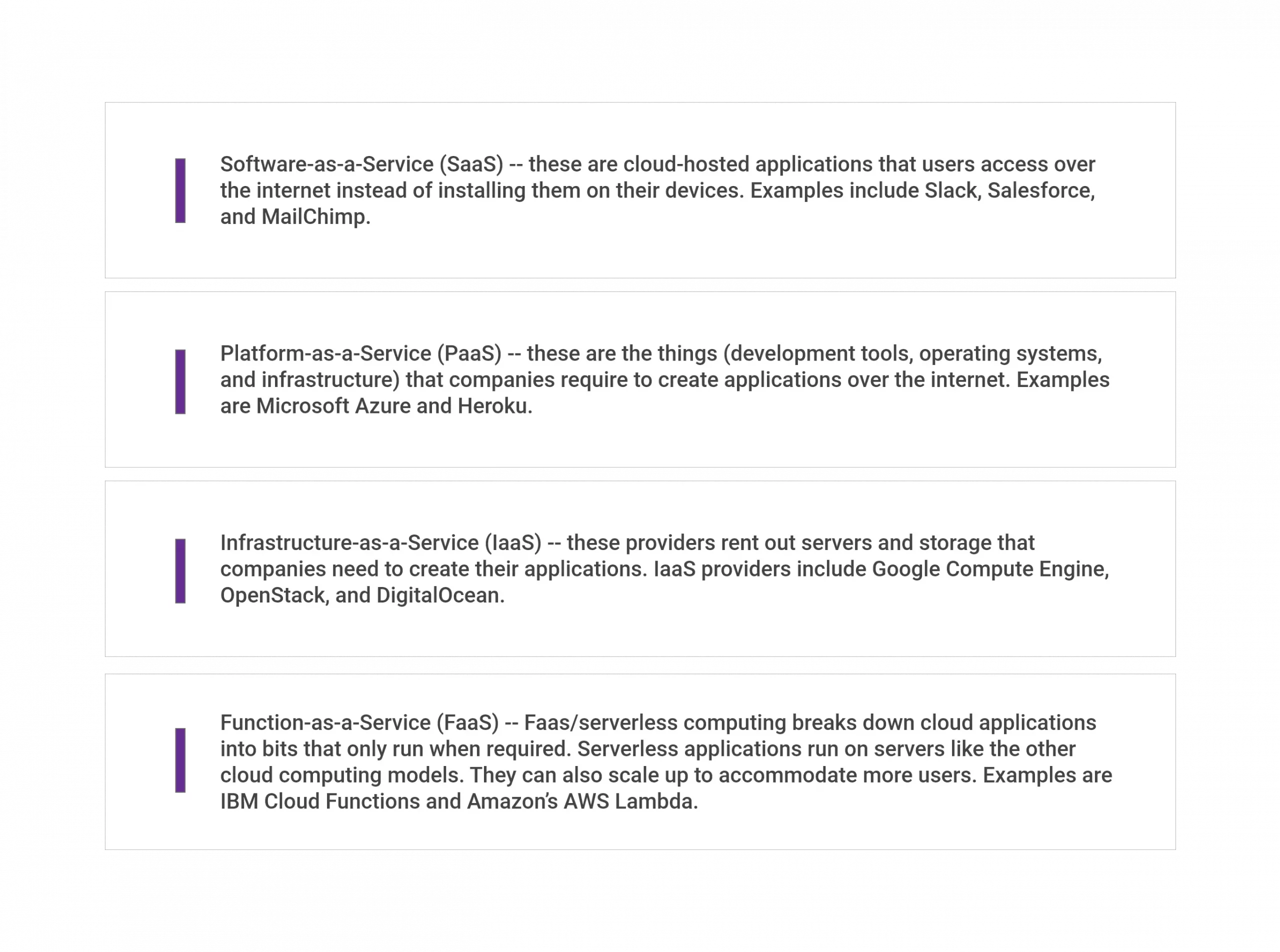
Types of Cloud Deployment
Cloud deployments depend on cloud servers’ location and how they are managed. The most common implementations are:
Private cloud — this refers to a data center, server, or distributed network allocated to one organization. Examples include Oracle Cloud Platform, Microsoft Azure Stack, and Cisco CloudCenter.
Public cloud – these are clouds shared by various organizations and run by external vendors. Different companies may also share each individual server (virtual machine). Examples of public clouds include Google Cloud, IBM’s Blue Cloud, and Sun Cloud.
Hybrid cloud – this is a mixture of private and public clouds. A company may use its private cloud for specific services and the public cloud for others. Examples include AWS Outposts, Azure Arc, and Google Anthos.
Multi-cloud — is a deployment where multiple public clouds are used. One company hires virtual servers and services from various external vendors. Examples of multi-cloud providers are Amazon Web Services (AWS), IBM, Microsoft Azure, and Google Cloud Platform (GCP).
What Is Containerization?
Containerization is a form of cloud virtualization technology where applications run in individual user spaces (containers) while sharing the same operating system. Containers are part of the Platform-as-a-Service (PaaS) model.
The container is abstracted from the host operating system, and containerized applications can run on different types of infrastructure without refactoring for each ecosystem.
Benefits of IT Infrastructure Modernization
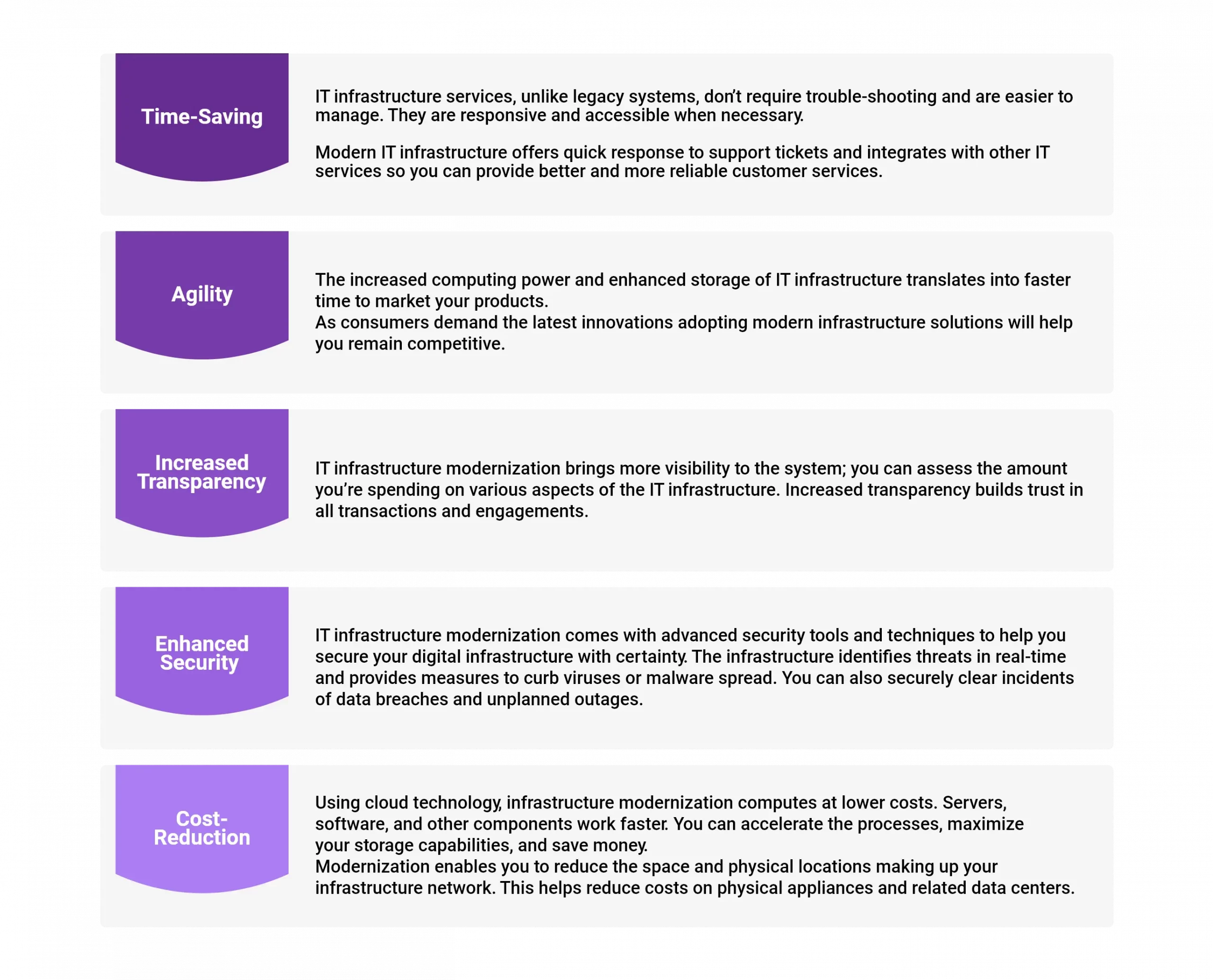
How can Successful IT Infrastructure Modernization be Achieved?
IT infrastructure modernization can be achieved in two modes. Mode 1 focuses on existing assets and systems, while mode 2 concentrates on modernized infrastructure.
IT infrastructure is based on mode 2, which entails the latest technology, skills, and processes. IT personnel should optimize the existing infrastructure in mode 1 and address its complexity before upgrading to mode 2. This ensures that cost reduction and operational efficiency are achieved in the modernization process.
Steps for Infrastructure Modernization

Resources and systems that are distributed randomly based on business requirements are frequently underutilized. Thorough optimization is required to make the modernization process efficient and seamless.
It is essential to create a hub with strategies and tools to interconnect modernization infrastructure and monitor its performance. The statistics collected will indicate the return on investments in the infrastructure modernization process.
Consolidating the IT infrastructure enables you to optimize physical server locations and ACs, and reduce maintenance costs.
Virtualization increases efficiency per server, but containerization does more. It allows you to manage dynamic requests and obtain more value and RoI from your infrastructure modernization process.
Final Thoughts
The cloud is a fundamental factor for IT infrastructure modernization. It is the only way companies can maximize the benefits of modernization, such as cost reduction, efficiency, and return on investment (RoI).
However, the cloud has many facets, and organizations need to understand the various services and deployments to choose the most suitable for their businesses. For instance, an organization should strive to balance multiple cloud deployments such as private, public, hybrid, multi-cloud, co-location, and edge to support dynamic business needs.




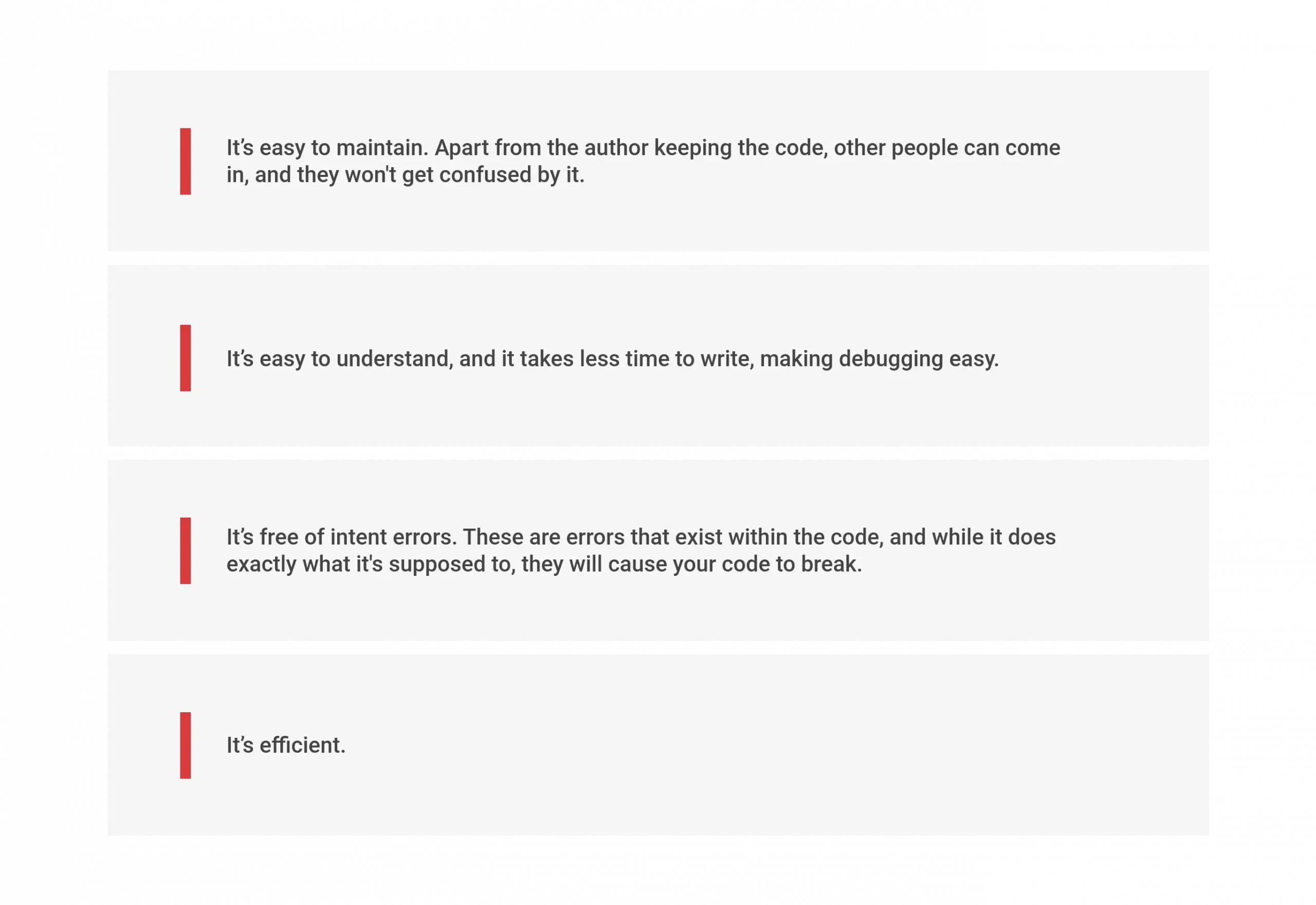








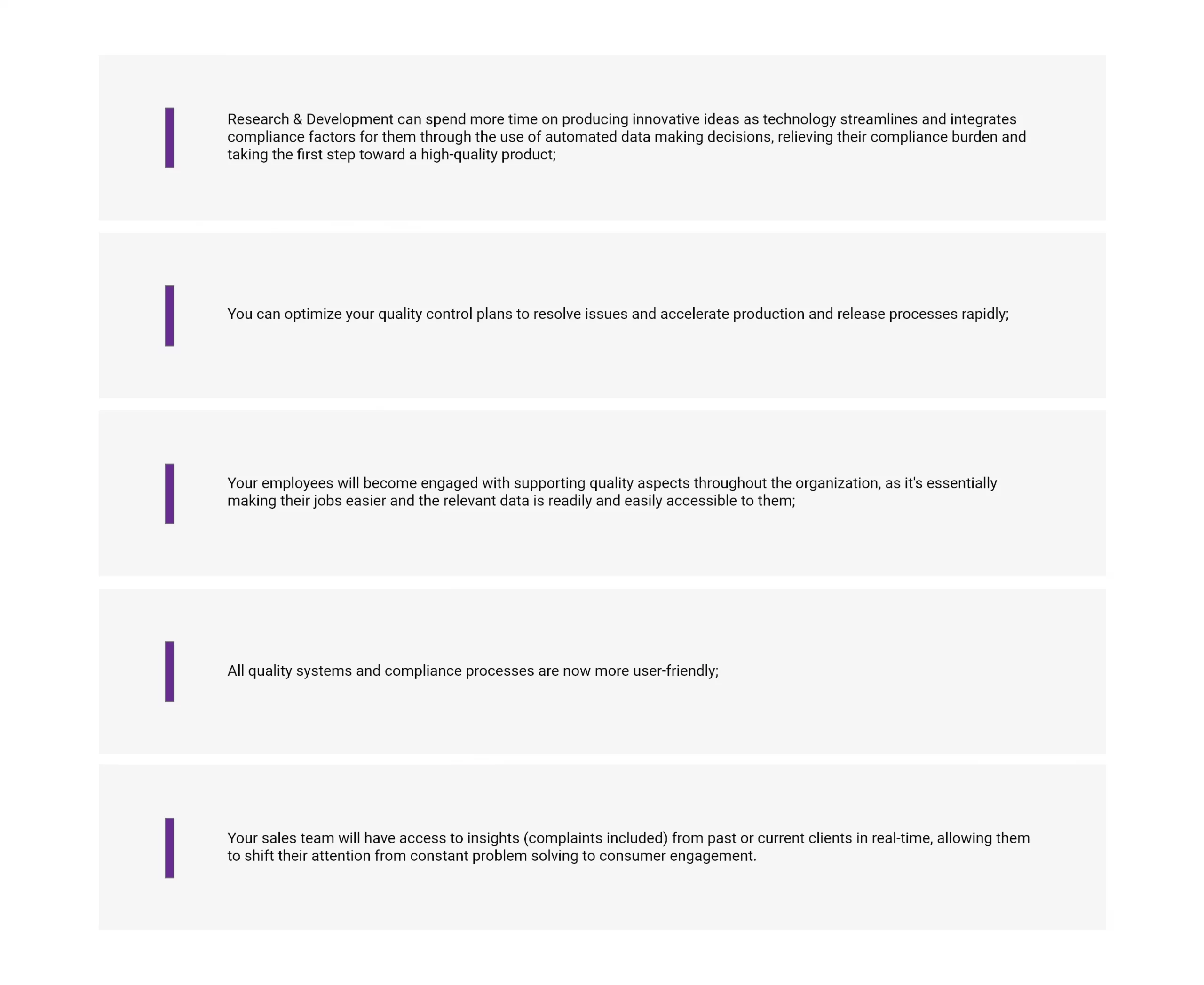
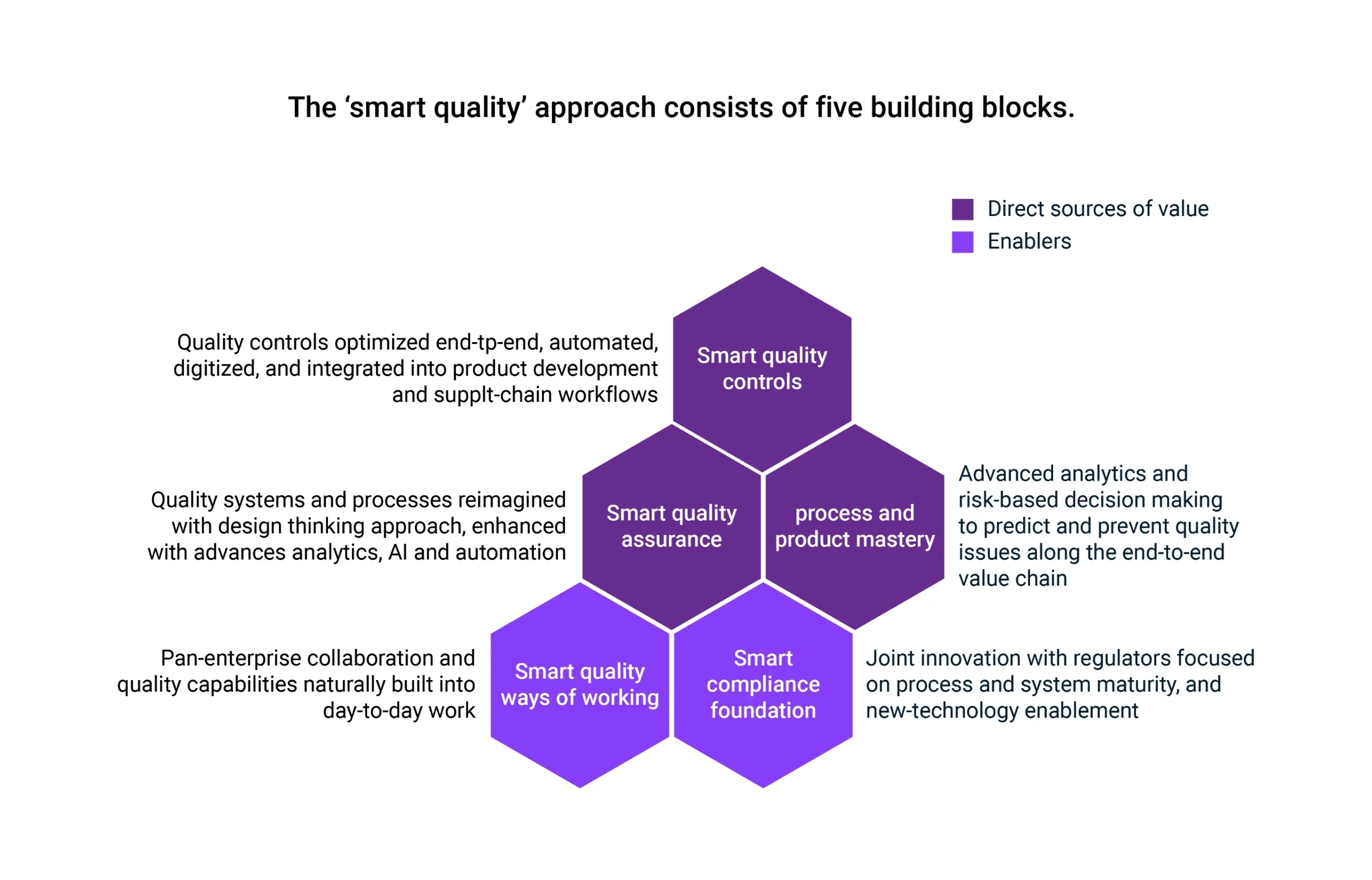













Recent Comments